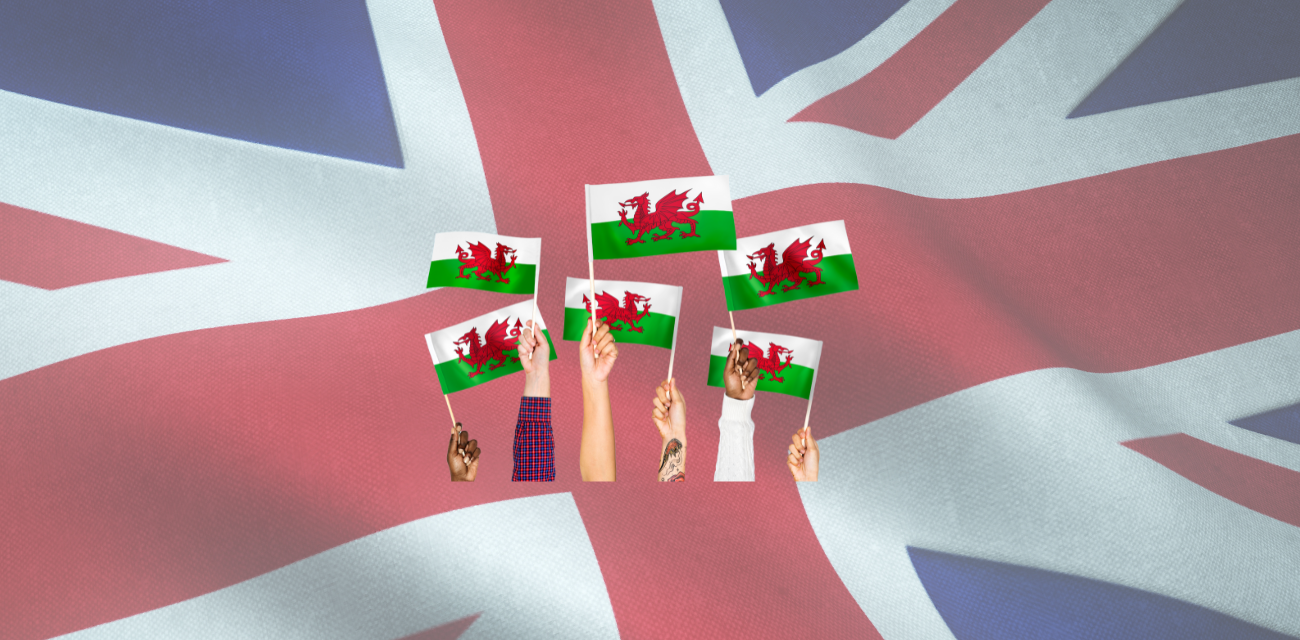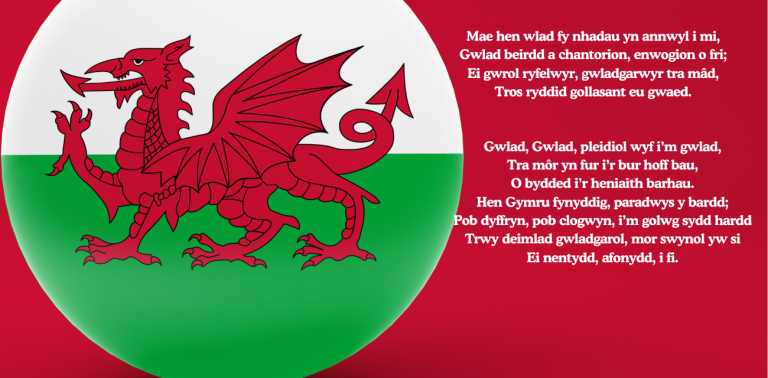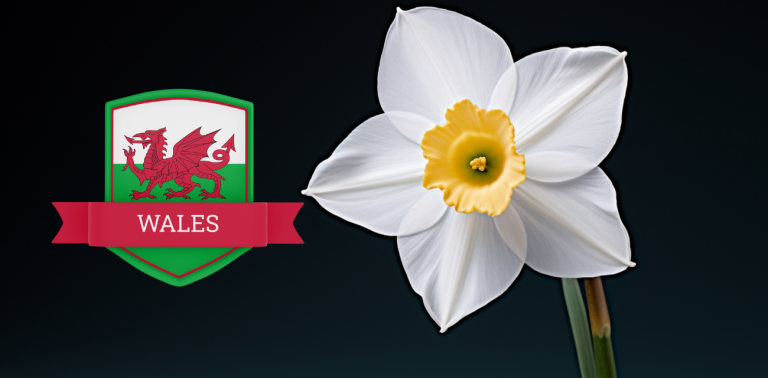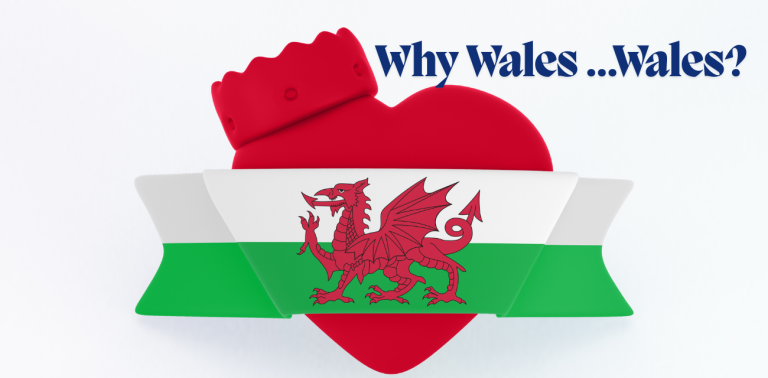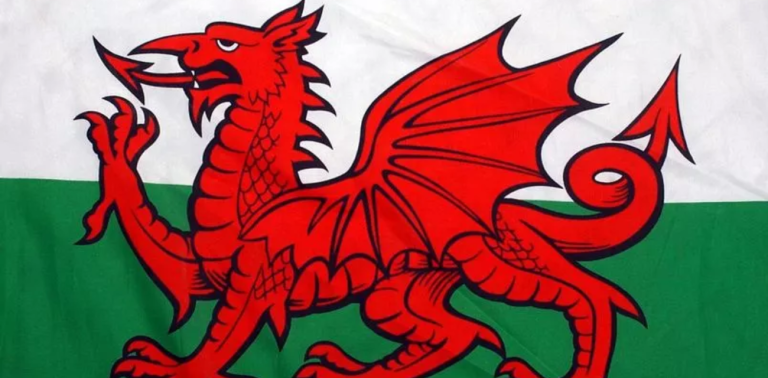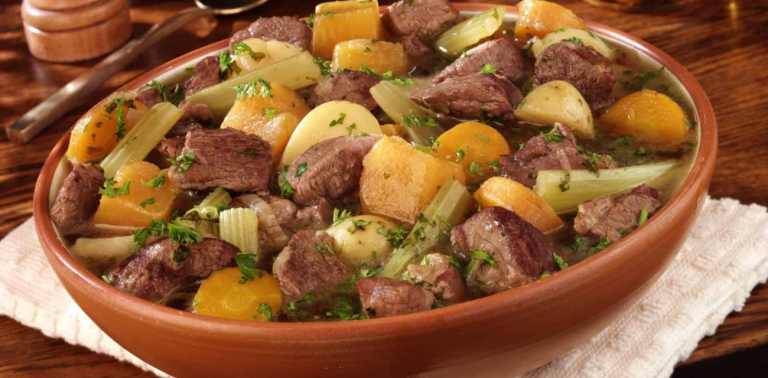The Exclusion of Wales from the Union Jack: Historical Reasons and Modern Perspectives
Wales is not represented in the Union Jack because, historically, it was united with England long before the Union Flag was created. By 1606, when the first Union Flag was designed, Wales had already been absorbed into the Kingdom of England following the Laws in Wales Acts of 1535 and 1542. Consequently, Wales was not considered a separate kingdom and was represented under England’s cross of St. George. This historical unification led to Wales being excluded from the distinct elements that represent the political unions of England, Scotland, and Ireland in the flag’s design.
How is the Union Jack defined and what does it represent?
The Union Jack, or Union Flag, is the national flag of the United Kingdom, symbolizing the union of three nations: England (with Wales), Scotland, and Ireland (though only Northern Ireland remains part of the UK today). The flag features the red cross of St. George for England, the white saltire of St. Andrew for Scotland, and the red saltire of St. Patrick for Ireland. Each element reflects a nation’s contribution to the political union, though it does not specifically represent Wales due to its prior unification with England.
What historical events led to the exclusion of Wales from the Union Jack?
Wales was excluded from the Union Jack because, by the time of the flag’s creation in 1606, it had already been legally united with England. The Laws in Wales Acts of the 16th century integrated Wales into the Kingdom of England, eliminating its status as a separate principality. As a result, Wales was not seen as a distinct entity in the creation of the flag, which focused on representing the unions of England (including Wales), Scotland, and Ireland.
How did England, Scotland, and Ireland influence the design of the Union Flag?
The design of the Union Flag reflects the political union of England, Scotland, and Ireland. The red cross of St. George, representing England, is superimposed over the white saltire of St. Andrew, symbolizing Scotland. After the union with Ireland, the red saltire of St. Patrick was added, completing the flag’s representation of the three countries. These elements combine to form the iconic Union Jack, which represents the united kingdoms but does not separately acknowledge Wales, as it was considered part of England.
What does the Welsh dragon symbolize in Welsh culture and history?
The Welsh dragon, or “Y Ddraig Goch,” is a powerful symbol of strength, courage, and resilience in Welsh culture. It is deeply rooted in Celtic mythology and is linked to ancient Welsh kings and legends, such as King Arthur. The dragon represents the enduring spirit of the Welsh people and has become a national emblem that signifies pride, heritage, and the rich history of Wales.
Why wasn’t the dragon included in the Union Jack despite its significance to Wales?
The Welsh dragon was not included in the Union Jack because, at the time the flag was created, Wales had already been legally united with England. The political union of Wales and England in the 16th century meant that Wales was represented under England’s cross of St. George, and no distinct symbol for Wales was included in the design of the Union Jack. The focus was on the kingdoms of England, Scotland, and Ireland, rather than Wales as a separate entity.
How do contemporary Welsh people feel about the representation of Wales in national symbols?
Many contemporary Welsh people feel that Wales is underrepresented in national symbols like the Union Jack. While some understand the historical context, others believe it is an oversight that fails to acknowledge Wales’ distinct cultural identity. There is a growing sentiment among certain groups that Wales should have greater representation in national symbols to reflect its unique place within the UK and to better represent modern Welsh identity.
People Also Read:
Why Does Wales Have So Many Castles?
Power of Hen Wlad Fy Nhadau: Reflections on a National Anthem
Why Does Wales Have So Many Castles?
What movements or discussions exist regarding the inclusion of Wales in the Union Jack?
There have been various discussions and campaigns advocating for the inclusion of Wales in the Union Jack. These movements often seek to reflect Wales as a distinct nation within the UK rather than as part of England. While these campaigns have sparked debate, they have not gained significant political traction, and there has been no major push from the government to alter the flag’s design to include Welsh symbols.
What other flags or emblems are associated with Wales?
Wales has several prominent flags and emblems that reflect its unique identity. The most famous is the red dragon, “Y Ddraig Goch,” on a green and white background. Other symbols include the leek and the daffodil, which have historical and cultural significance in Wales. Additionally, St. David’s flag, featuring a yellow cross on a black field, represents the patron saint of Wales and is another emblem tied to Welsh identity.
How do these symbols differ from the Union Jack in representing Welsh identity?
Welsh symbols like the red dragon and St. David’s flag are distinct in their connection to Welsh culture, history, and mythology, and they reflect the nation’s unique heritage. In contrast, the Union Jack symbolizes the political union of the United Kingdom and does not specifically include elements that highlight Wales’ distinctiveness. The Welsh symbols evoke a sense of national pride and cultural identity, while the Union Jack focuses on the collective unity of the UK.
What role does the Union Jack play in the context of the United Kingdom today?
The Union Jack continues to serve as a symbol of the political union of the United Kingdom, representing the unity of England, Scotland, Northern Ireland, and Wales. It is used in official state contexts and internationally to represent the UK as a whole. However, the flag’s meaning can vary across the UK, with some regions, especially those with strong local identities, viewing it as more representative of British or English identity than their own.
How is the Union Jack viewed in relation to regional identities within the UK?
Regional identities, particularly in Scotland and Wales, sometimes view the Union Jack as more representative of British or English identity than their own distinct cultures. In regions with strong nationalist movements, the Union Jack can be seen as a symbol of political centralization, while others continue to see it as a symbol of unity and shared heritage across the UK. This varying perception reflects the complex nature of regional and national identities within the UK.
What debates exist about national symbols and their representation in the modern UK?
Debates about national symbols in the UK often focus on the balance between unionism and regionalism. In Scotland, Wales, and Northern Ireland, there is an ongoing conversation about whether the Union Jack truly represents the identities of all the UK nations. Some advocate for more inclusive national symbols that reflect regional distinctiveness, while others argue for maintaining the traditional symbols that emphasize unity. These debates are tied to broader discussions on devolution, regional autonomy, and independence movements within the UK.

